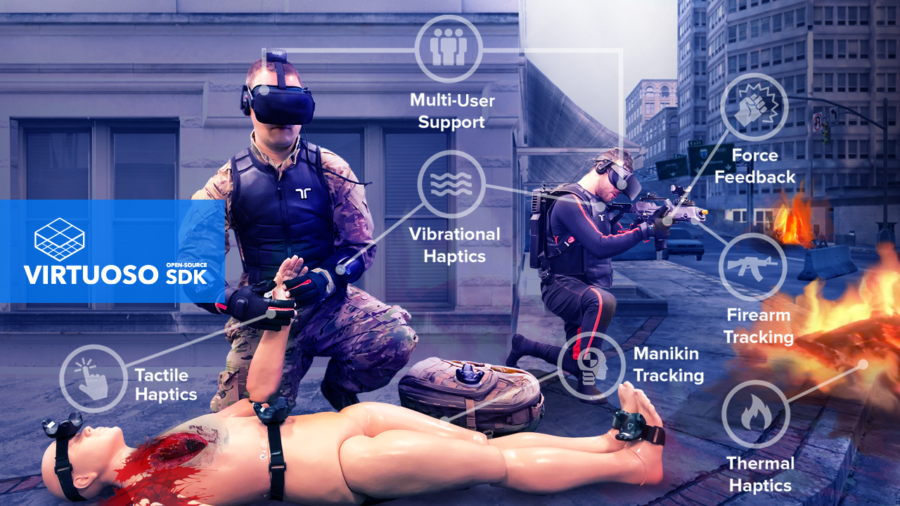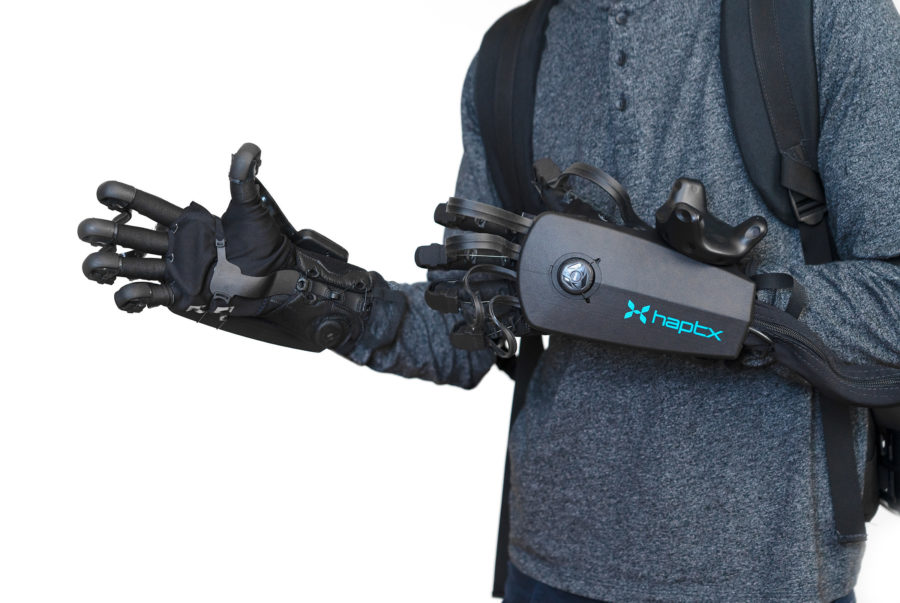
March 15, 2021 – Charles River Analytics, a developer of intelligent systems solutions, has recently announced that it has developed a ‘Haptics Ontology and Peripheral Layer for Integrative Training Environments’ (HOPLITE) solution for the US Army.
According to the company, HOPLITE is an extended reality (XR) toolkit that lets Army instructors create realistic, haptics-integrated training scenarios. These immersive training scenarios let soldiers safely practice stress-inducing, risky operations, such as the Care Under Fire phase of Tactical Combat Casualty Care.
Charles River Analytics stated that the reactive, uncertain, and fire-focused nature of Care Under Fire is difficult to effectively train in a classroom setting. What really works for this sort of training is expensive, live action training events. With HOPLITE, the company will help to deliver the same experience at a much lower cost for the US Army.
“When you look at the Tactical Combat Casualty Care Guidelines, the Care Under Fire training material takes up about a quarter of a page,” said Dr. James Niehaus, Principal Scientist at Charles River Analytics and Principal Investigator on the HOPLITE effort. “It’s simple on paper—return fire, get cover, stop life-threatening external hemorrhages—but incredibly complex and situation-dependent in practice.”
The Charles River team worked with retired combat medics to characterize the real world nuances of Care Under Fire and leverage XR to build a training solution that can truly prepare soldiers for these otherwise hard-to-train, life-or-death situations.

The scientists are integrating HOPLITE with haptic feedback systems, such as the HaptX Gloves DK2. Charles River noted that it is also among the first companies to get access to HaptX’s novel glove technology, which allows users to feel the shape, movement, texture, and weight of virtual objects.
HOPLITE extends Charles River’s open-source XR software development kit, VIRTUOSO SDK (VSDK). Originally applied to improve military medical training and education, VSDK empowers developers to generate naturalistic interactions with content through its reaction system. As a result, VSDK helps to simplify XR development and provides a free platform to create truly intuitive interaction spaces for healthcare, automotive, entertainment, and other industries, according to the company.
To learn more about Charles River Analytics’ HOPLITE solution and other augmented, virtual, and mixed reality capabilities, please visit the company’s website.
Image credit: Charles River Analytics / HaptX
About the author
Sam is the Founder and Managing Editor of Auganix. With a background in research and report writing, he has been covering XR industry news for the past seven years.
